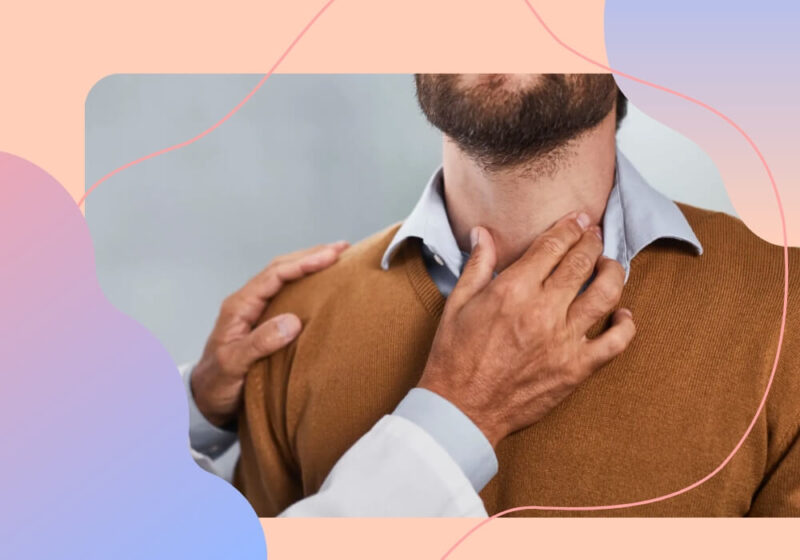Here’s a sad truth we must confront this American Heart Month: heart disease is the leading cause of death in the US. Because of this, it’s important to assess your susceptibility. Treating heart disease can be expensive and emotionally draining. But it’s not impossible to live with if you take the right approach.
Heart disease describes any condition affecting your heart and blood vessels. These conditions reduce blood flow to your heart and increase your chances of stroke and heart attack. Many factors can contribute to the development of heart disease from existing cardiovascular risks to certain lifestyle choices. Luckily, there are actions you can take to reduce your risk. But before discussing preventive measures, let’s explain how, why, and to whom heart disease occurs.
How Does Heart Disease Develop?
To understand heart disease, it’s important to know how the heart works. This all-important organ is made up of the atria and ventricles, both of which there are two. The atria reside at the top of the heart organ, transporting oxygenated blood from right to left. The blood then travels to your left ventricle to pump the blood out of your body. The right ventricle transports blood back to your lungs, giving it the oxygen it needs to survive.
Within the structure of your heart, there is a system of arteries transporting blood. When plaque fills up the arteries, your blood flow is impaired. Plaque consists of fatty substances, cholesterol, cellular waste products, calcium, and fibrin. They all pile up within the walls of your arteries. This narrowing of passageways for blood to travel through is called atherosclerosis.
Atherosclerosis can cause major problems within your heart. A piece of plaque can snap off and flow into your bloodstream. If it gets stuck in another part of the artery, it can cause a blood clot. Blood clots can lead to heart attacks, deep vein thrombosis, or pulmonary embolism.
Atherosclerosis is a symptom of all major heart conditions. Let’s get into the different forms of heart disease and their effect on your body.
What Conditions Does Heart Disease Cause?
Several conditions lie under the umbrella of heart disease:
- Coronary artery disease
- Heart attack
- Arrhythmia
- Congenital heart disease
- Hypertension
Coronary Artery Disease
Coronary artery disease happens when plaque creates narrowed or blocked arteries, which then reduces blood flow to your heart. Coronary artery disease is a direct result of atherosclerosis developing in your arteries. Chest pain, heart attack, irregular heartbeat, stroke, peripheral artery disease, and enlarged heart muscles also stem from coronary artery disease.
Heart Attack
Heart attacks are a very serious and deadly form of heart disease that occurs when clots block the blood flow to your heart. When an artery’s blood supply is completely cut off, the heart muscle that it’s connected to begins to die.
The severity of damage caused depends on the size of the affected heart muscle. The bigger the heart muscle, the greater the injury. And the longer you wait to seek treatment, the more damage occurs.
Heart attacks can be fatal if the muscle is blocked for too long. When the heart muscle dies, it’s impossible for your heart to pump enough blood to the rest of your body. This then causes organ failure, cardiac arrest, and ultimately death.
Arrhythmia
Arrhythmia occurs when you have an irregular heartbeat. The electrical signals that regulate your beat don’t work properly. This causes the heart to beat too fast or too slow, thus disturbing blood flow. Arrhythmia decreases your oxygen supply and can lead to cardiac arrest or stroke.
Congenital Heart Disease
Congenital heart disease is caused by abnormalities that are present at birth when the structure of your heart is misshapen. This prevents normal blood flow to your heart. Abnormalities in the heart walls, valves, and blood vessels often lead to this disease.
Hypertension
Hypertension is any heart condition caused by high blood pressure. When the pressure inside the arteries is high, the heart has to work extra hard to pump blood. This makes the muscle inside your heart too thick to get enough oxygen. This can lead to chest pain and even heart failure.
Hypertension can narrow your arteries, cause damage to your inner lining, and thicken your blood vessel walls. These interactions with the cholesterol in your blood vessels can cause a heart attack or stroke to occur.
What Risks Contribute to Heart Disease?
There are many factors that contribute to the development of heart disease. Common vices like smoking, poor diet, and low levels of exercise often play a role. But many people with optimal health habits are also prone to contracting heart disease. Here’s a breakdown of heart disease risks and what you can do to combat them.
Smoking
It’s no shock that smoking is bad for you. The carbon monoxide in cigarette smoke reduces the oxygen capacity of your blood. Nicotine raises blood pressure, which leads to hypertension. Considering other health problems that cigarettes can cause, quitting smoking can be a positive step in preventing all kinds of ailments including heart disease.
Diet
Foods high in saturated fat, trans fat, and cholesterol can cause plaque buildup. High-sodium snacks can also raise blood pressure. Switching to a health plan of nutrients like fruits, vegetables, nuts, whole grains, vegetable oils, and lean proteins are a great way to decrease your risk of heart disease.
Exercise
Getting regular exercise, especially cardiovascular, is like recharging the battery of your heart. It lets more blood pump through your body, allowing it to work at its most efficient level. It also helps your arteries and blood vessels stay in optimal shape. This maintains proper blood flow and stable blood pressure.
Family History of Heart Disease
Your family’s health history can contribute to your risk of heart disease. Arrhythmia is one of the most common inherited disorders. It encompasses the following heart conditions:
- Long QT syndrome
- Brugada syndrome
- Wolff-Parkinson-White syndrome
Common signs of arrhythmia include heart palpitations, fainting, and blackouts. Some people may never experience these symptoms, which is why taking measures towards heart disease prevention is essential.
Avoiding smoking and improving your diet and exercise can be helpful to those with inherited heart conditions. Getting your cholesterol checked is also important, especially if you have a family history of high blood cholesterol.Your cholesterol test results will help you assess your risk of heart disease. For some people, medication and surgical procedures may be necessary.
Fighting off the Risks of Heart Disease
Lifestyle choices and preexisting conditions can put you at an increased risk for heart disease. Improving your daily habits, getting better nutrition, and seeking medical help when needed can reduce these risks. Following the heart health tips above is a powerful step you can take to improve your cardiovascular health.




